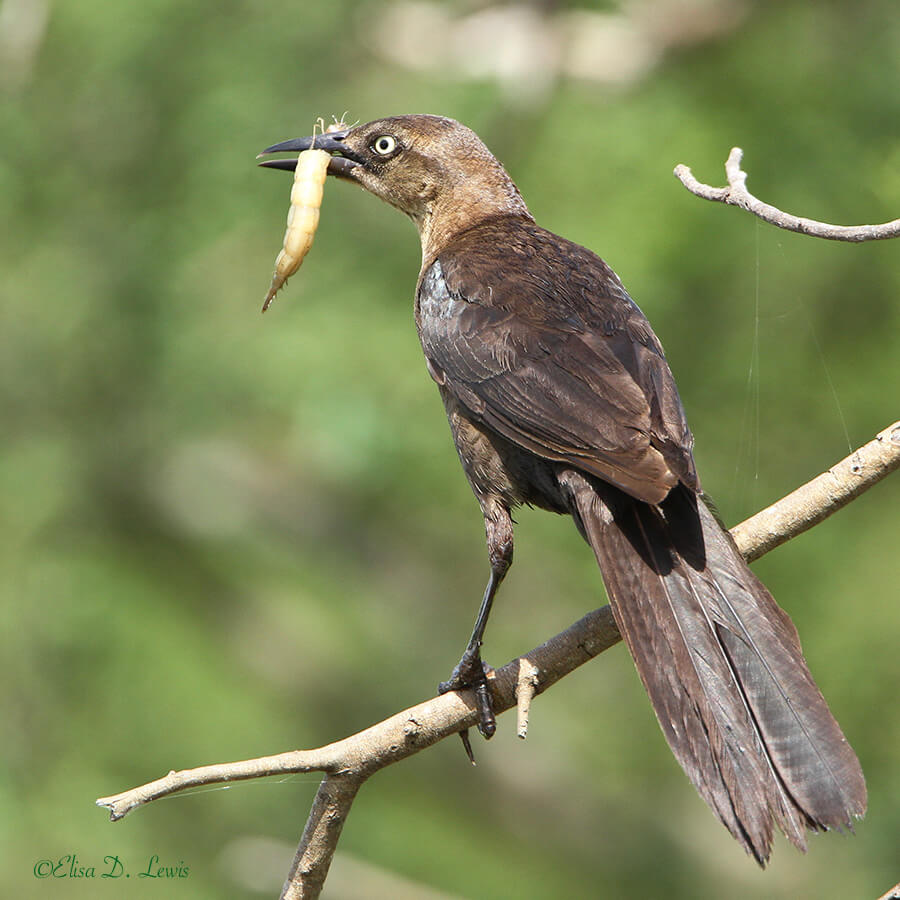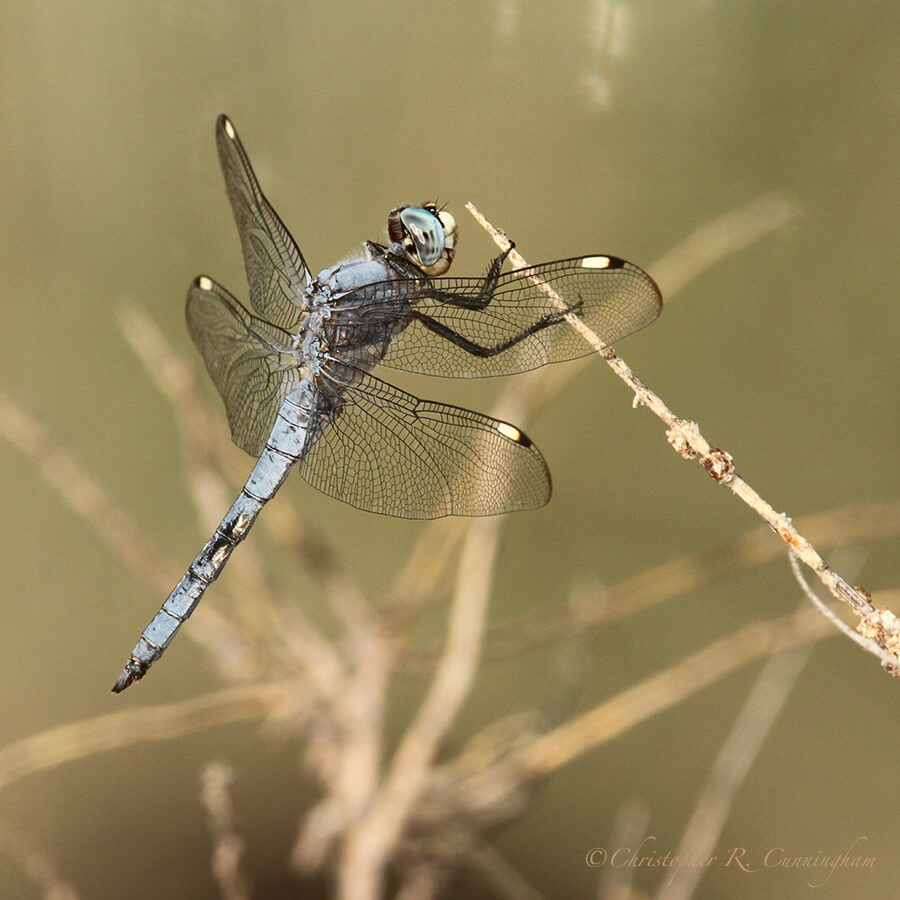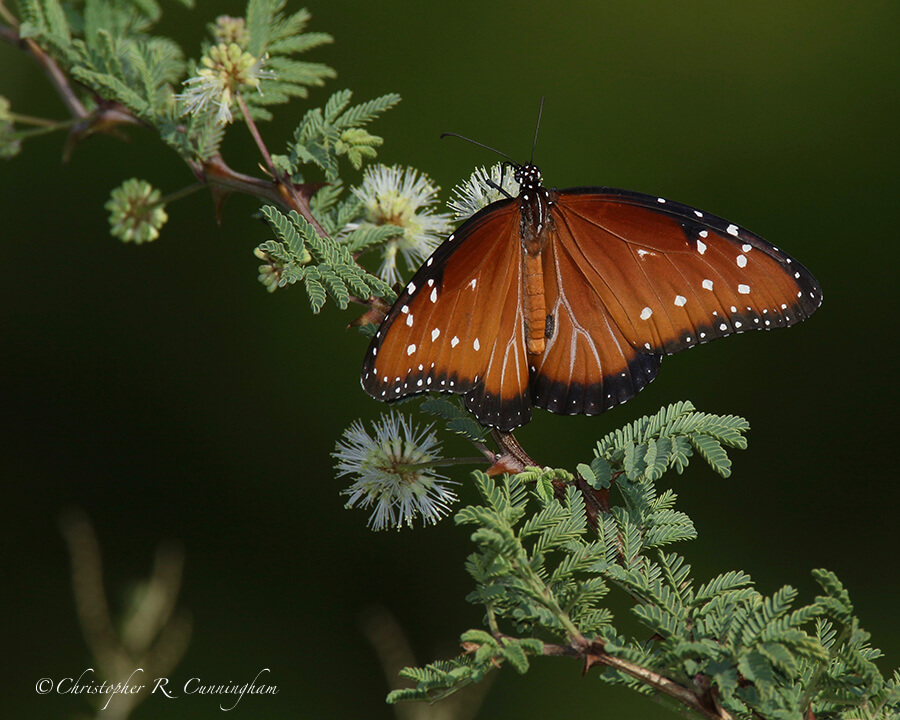I wanted to know the name of every stone and flower and insect and bird and beast. I wanted to know where it got its color, where it got its life – but there was no one to tell me.–George Washington Carver

Perhaps it’s ironic to start thinking about insects the week of the first blue norther in Texas, but I have to act on ideas when I get them!
We tend to pay close attention to insects in the field because of the vital connection they have to birds: Insects are a major part of the diets of many birds. And we love documenting birds interacting with specific, identifiable prey! But insects are, of course, interesting in and of themselves.
Back when Elisa was in graduate school, we built a fine collection of insects for her course work. That collection is now on display at the Houston Museum of Natural Science. Soon after building that collection, though, we decided never to harm another wild creature if we could help it.

Since then, we have tried to capture insects through close-up and macrophotography in our travels to photograph birds. As anyone who has ever attempted such a thing knows, this can be a challenge—especially if one adheres strictly to the highest standards of ethical behavior.
In writing this post I am (nearly) violating one of my cardinal rules, one that I acquired from one of my finest teachers, Dr. R. R. West. He said often: “Don’t tell me what you are going to do, tell me what you have done.” Good advice. In that vein, we have designed and started to build a mobile system for collecting, photographing, and releasing insects unharmed back into to the wild. Stay tuned for the results!

©2016 Elisa D. Lewis and Christopher R. Cunningham. All rights reserved. No text or image may be duplicated or distributed without permission.